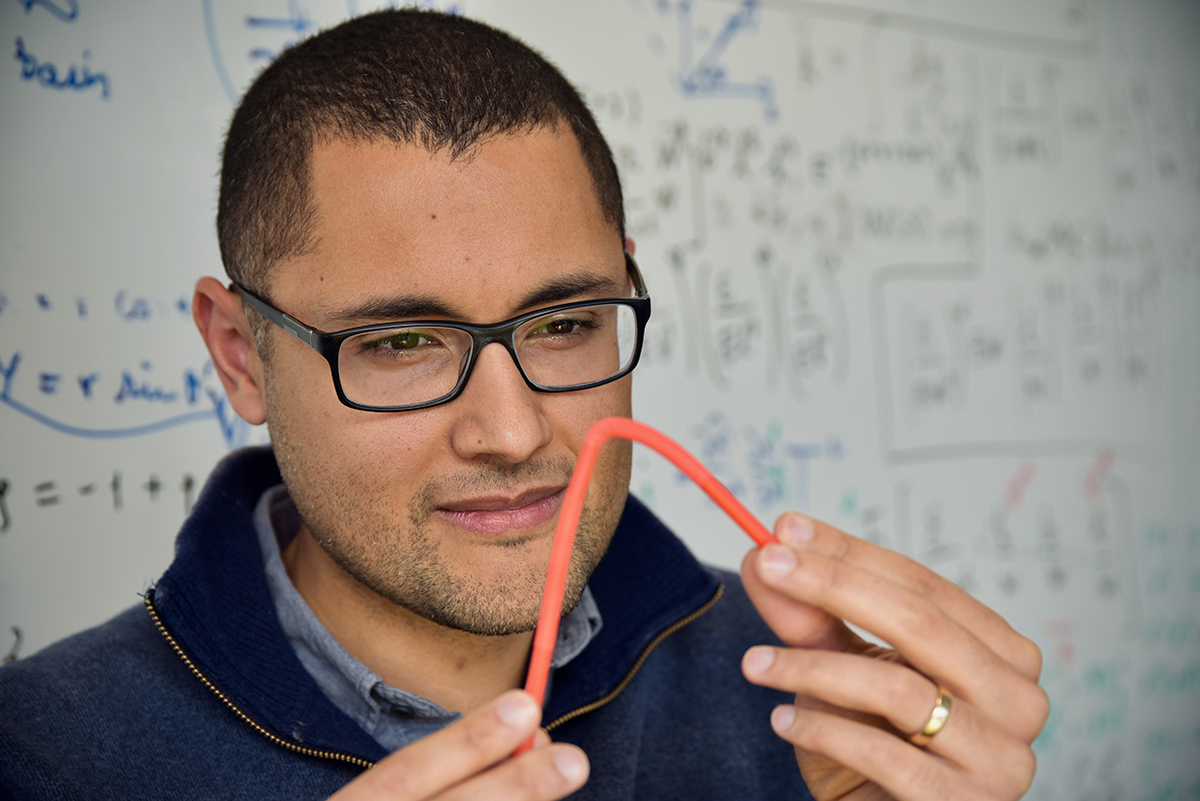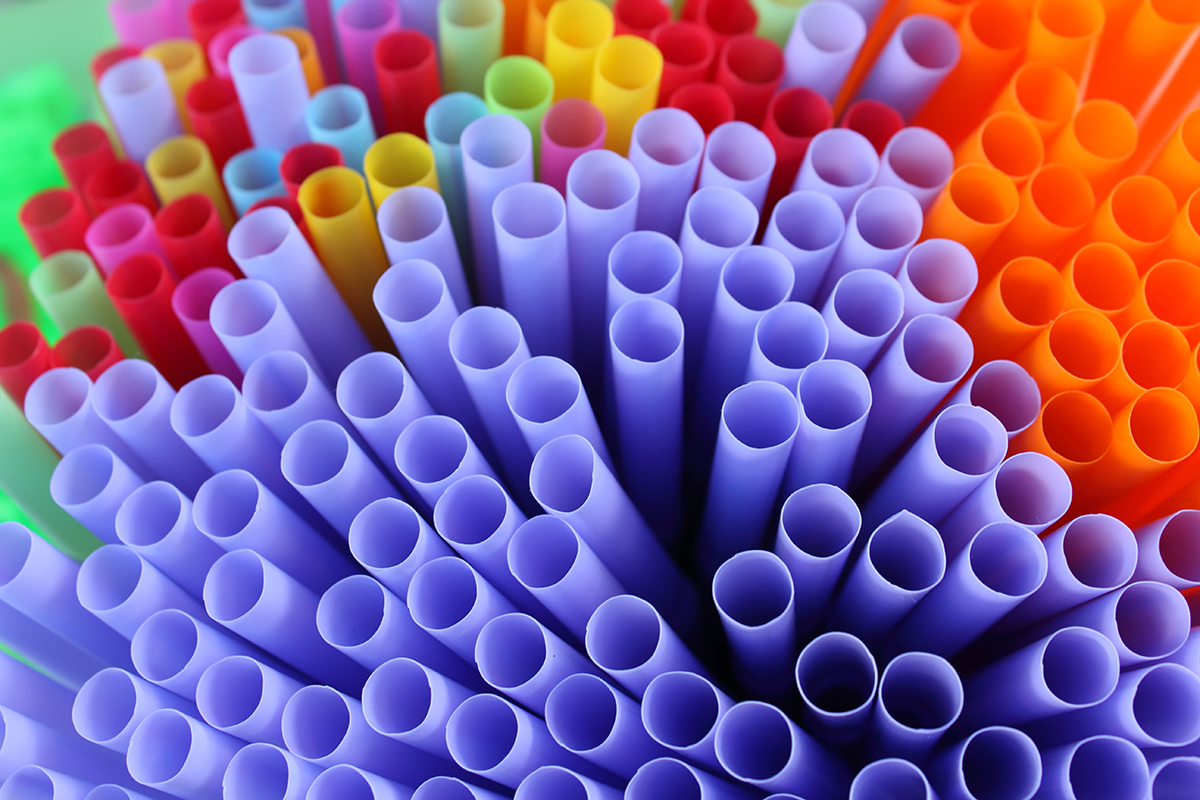The multi-stability of universal design
80 years ago, a screw and a piece of dental floss revolutionized an invention dating back more than 5,000 years. An international team of scientists and engineers are now taking this invention a step further.


"Arguably the most significant technological achievement in the 20th century."
We are not talking about cars, computers, the Internet, television, or space rockets. No, we are talking about something as simple as a drinking straw. You know, a completely ordinary, bendable plastic straw that you’ll find in the kitchen drawer in any home. And yes, the invention of the bendable straw was once described in such positive terms. This description was probably not completely unbiased, as it came from Michael Fabricant - one of the inventor’s own relatives. But perhaps the bendable straw has not yet been given the credit it deserves.
Because a straw is actually more unique and offers far more opportunities than you might think at first glance.
"Even though bendy straws are used by people all over the world, no one has ever looked more closely at why the straw stays in whatever orientation it is placed by bending its corrugated part," says Marcelo Dias, Assistant Professor at the Department of Engineering, Aarhus University.
And that’s what’s so amazing about the straw: Due to its previously unexplored built-in multi-stability, it can be placed in an indefinite number of positions along the azimuthal direction, and then remain in that particular configuration.
Originally, the bendable straw was invented by Joseph Friedman, an American inventor, in 1937. With his patent of 1 May 1951, he refined his invention to what we know today as the ordinary bendy straw.
The idea came to him when he and his little daughter Judith were visiting a candy store on 19th Avenue, north of Golden Gate Park in San Francisco. He watched his daughter drink through a straight straw - the only option available at the time and the same type of straw as had existed for thousands of years. But she was struggling, because the straw could not bend over the edge of the glass.
Joseph squeezed a screw into the straw and wrapped dental floss firmly around it, pulling the dental floss, and thereby the straw into the screw thread: Et voilá! One of history’s first examples of universal design had been created.
"We tracked down the history of the straw and the pattern that was originally proposed for patent. The straw is fabricated by extruding the plastic material, and the very simple idea – the thing that wasn’t really appreciated before - was that pre-stress in the structure is actually the source of the multi-stability of the device," says Marcelo Dias.
To understand the built-in stress in the structure, imagine that you cut out a small piece of the bendable part of the straw, i.e. a small plastic ring. If you try to cut this ring open, the material will open up, because the ring radius will become larger due to the pre-stress. It is only because the ring is closed that the structure maintains this built-in stress allowing multi-stability.
Marcelo Dias from the Department of Engineering, Aarhus University, has contributed to the work of an international team of scientists and engineers lead by James Hanna from Virginia Tech and Ryan Hayward from the University of Massachusetts. Marcelo Dias has helped the team formulate a mathematical model for several 3D-printed versions of the ring-part of the structure in order to test the amount of built-in stress. The idea is to achieve sufficient stability in a state, without having to use too much energy to flex to other states.
"We need the exact amount of pre-stress for the structure to be multi-stable – to stay in the configuration we put it in and be able to flex to an unlimited amount of other states when forced to," said Marcelo Dias.
And how can this then be used? Well, there are actually far more practical applications than you might think. In particular, there are good prospects in the field of robot technology and in the space industry, with possibilities to control robotic arms, for example, using minimal input and minimal energy.
"What we’re trying to uncover here is the mechanism; the possibility of giving an initial push to a system, that then snaps into a fixed state of space and stays there," said Marcelo Dias, mentioning micro-robots as examples of this.
Facts
Project title: Overcurvature induced multistability of linked conical frusta: how a ‘bendy straw’ holds its shape.
Partners: Nakul P Bende (University of Massachusetts), Tian Yu (Virginia Tech), Nicholas A Corbin (Virginia Tech), Christian D Santangelo (University of Massachusetts), James A Hanna (Virginia Tech), Ryan C Hayward (University of Massachusetts)
Contact
Assistant professor Marcelo Dias
Phone.: +45 93508876
